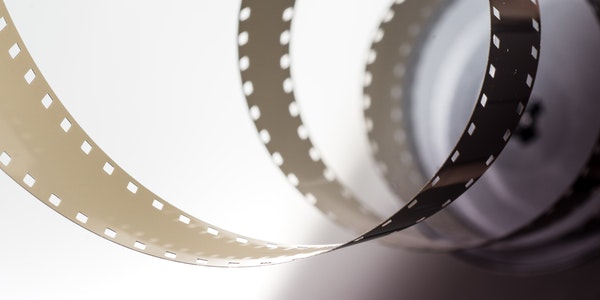The development of film has a history of nearly a century, while TV has only been in existence for more than 50 years. Today’s television is gradually growing up and becoming an independent art. It is helpful for television workers to carefully summarize some of the characteristics of their own art and their differences and differences from other arts while drawing on the strengths of other arts. For their own growth and development.
Television lighting art, which belongs to the category of television art, should also be the same. TV lighting is a “branch” of movie lighting. Although many expression methods of TV lighting are borrowed from movies, and even some expression methods are the same or similar, many years of practice and development have formed many of their own characteristics that are different from movie lighting. . It is these characteristics that promote its development and become an art.
It is necessary for us to make a basic and simple comparison and analysis on the difference between TV lighting and movie lighting.
Table of Contents
The brightness ratio and the light ratio requirements are different
Cameras and tapes, cameras and films have formed the difference in materials used in film and television art. Then, different materials have different requirements for tolerance and brightness ratio. For example, the maximum brightness ratio of the TV can only reach 30:1, which limits the light ratio control of the TV lighting to 2:1 or not more than 3:1, so as to obtain the best picture effect and the normal level of the dark and bright parts of the subject.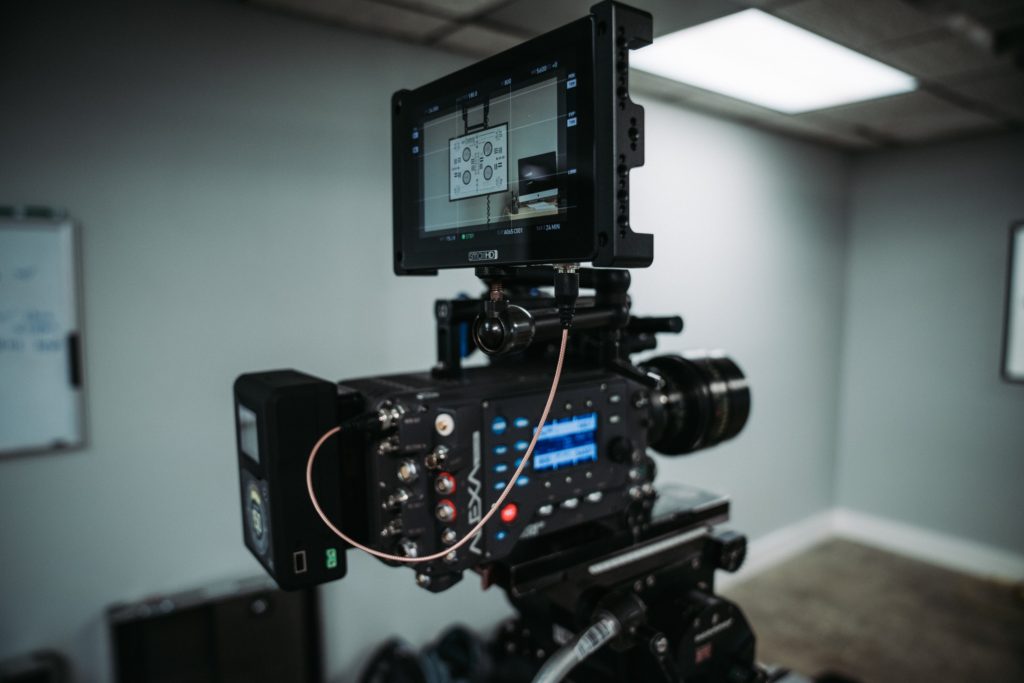
The film latitude of movies is significantly greater than that of cameras and tapes. The brightness ratio of movie images can reach 100:1, and the light ratio of movie lighting can be controlled up to 7:1. Due to the difference in height ratio and light ratio requirements of TV and movies, There are also fundamental differences in light measurement, light metering, and lighting in lighting.
The difference in lighting requirements between multi-camera continuous shooting and single-camera shooting
The lighting methods and methods of large-scale theatrical programs and evening parties in TV studios, such as live broadcasts or live videos, and “indoor dramas” in TV dramas, are completely different from those of movies.
If multiple cameras shoot at the same time from different angles, the lighting design of the TV lighting is arranged for the continuous shooting surface of different lenses, and the lighting can be adapted to any angle. It can also be said that the lighting design should take into account that the camera is basically applicable when shooting the subject at any angle.
The above characteristics and methods will inevitably bring some adverse effects on the quality of lighting. The lighting design of TV lighting cannot take care of every angle of the camera one by one. The reason is that the position of the lighting is determined by the camera position of the previous lens. of. So for TV, you have to provide lighting for all lenses, which means that there is inevitably a compromise.
The difference between multi-genre lighting and single-genre lighting
TV lighting includes TV drama lighting, studio lighting, TV feature film lighting, TV newsreel lighting, etc., which is very different from a single movie lighting.
TV lighting has always been associated with certain timeliness and documentary styles of TV stations, especially news films and news feature film lighting.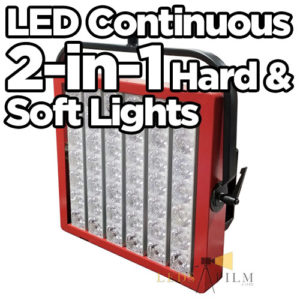
The requirements for lighting methods in TV art films are also very different from those in movies. In this way, there is a big difference between the lighting equipment of TV lighting and movie lighting. For live multi-camera shooting, a lot of lights are required. The lamps require flexibility, high luminous intensity, and small size. It can be said that TV lighting has a variety of requirements for lamps, which should be suitable for various types of lighting in the TV category. At the same time, there are higher requirements for TV lighting personnel.
The difference between real lighting and shed lighting
Among the thousands of TV series produced and broadcasted by various TV stations and TV series production systems each year, a large proportion of the movies are filmed and illuminated using real scenes, and movies are more studio shooting and lighting. Therefore, film and TV series are produced in movies and TV series. The differences and characteristics of the production cycle, economic capacity in the movie are obvious.
Real scene lighting has low investment, natural and real light effects, and short production cycle. In addition, audiences have very high requirements for the authenticity of TV program production, which is closely related to the audience that the art of TV has, the venue environment when watching, and the degree of connection between the theme content and actual life.
The lighting environment and conditions of the film studio are significantly better than the real-life lighting of the TV, such as the height of the scene in the studio, the “light position” left for lighting in the art scene, the unity of color temperature and color, etc., for the real-life TV In terms of lighting, some parties are “beyond the dust.”
Different literacy and adaptability requirements
TV lighting personnel should be all-rounders. There are not many people who work full-time in a certain genre of lighting in TV stations, and most of them are “plastic” types. For them, it is necessary to adapt to a variety of environmental lighting, more often people create and adapt to the environment, rather than the environment to adapt to people.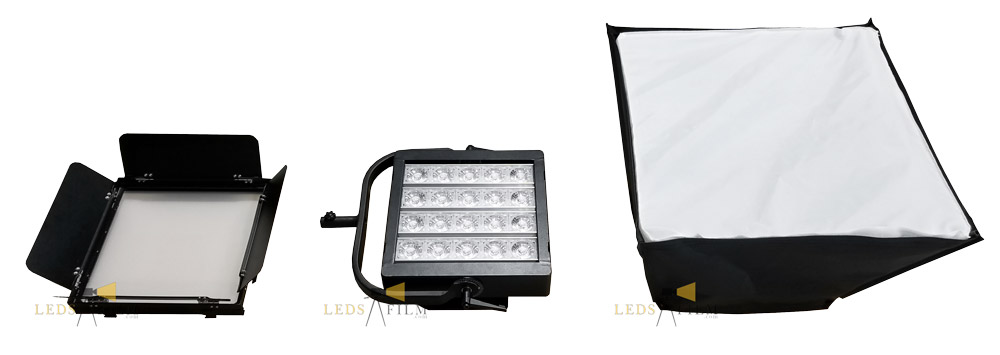
In the actual lighting work, not only should be proficient in the lighting of television art films, but also in the lighting of feature films and news films. Large scenes should have the ability to dispatch many lamps. Newsreels and small scenes of feature films should have multiple uses. While ensuring documentary and timeliness, try to ensure the lighting effect.
How to determine the color temperature of film and television lighting
When it comes to light, we have to explain the problem of color temperature. Most people who play with cameras know “color temperature” more or less, but they may know little about the principle of color temperature.
Color temperature 3200K refers to the “light color” emitted by laboratory blackbody at 3200 ° K (2927 ℃). K represents the unit of absolute temperature. When the color temperature is 3200K, the light color is close to red.
Remember that when the iron burns to 1000 degrees, it’s just the time when it glows red! If the red iron continues to be heated, the light will be brighter and brighter and closer to white. If you can control the melting and spreading, you will find that the light will be closer to blue (like the blue emitted by a gas stove fire).
The closer the light color is to red light, the lower the color temperature, the longer the wavelength, the longer the unit linear transmission distance, and the easier it is to absorb. Therefore, the red light is usually used as a warning light. The closer the light color is to blue light, the higher the color temperature, the shorter the wavelength, the shorter the unit linear transmission distance, and the easier it is to reflect. The reason why the sky is blue and the ocean is blue is because blue light waves are reflected and red light waves are absorbed, so we cannot see red. Otherwise, the sky and water we see will turn red.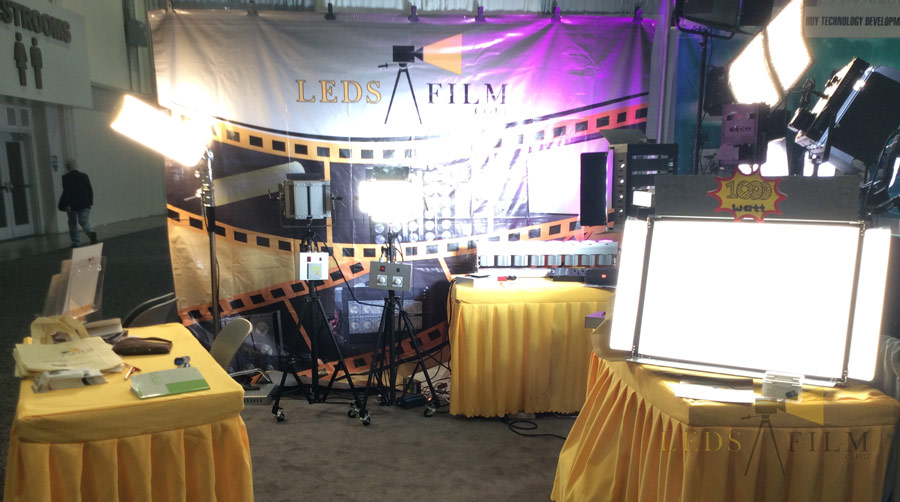
Human perception of color comes from light and light reflection. After light enters the eye, it can distinguish various colors through the perception of the optic nerve. Because the human eye has the function of automatic adjustment, we can still distinguish the color difference of objects even under different light sources. Therefore, the color of objects under 3200K tungsten filament light is not much different from that under 5000K sunlight.
However, the camera or negative relies on the electronic or chemical light splitting method to reflect the color ratio of light (the ratio of three primary colors or three primary lights). The machine has no way to automatically adjust the color difference, so the recorded color is completely reflected.
Therefore, we can see the normal color when shooting under the light, but if we do not adjust the sensitivity of the machine to the color temperature, we will find that the whole color is not right when things are taken to the sunlight, the red series are not obvious, and the whole picture is “bluish”.
Similarly, if you see a normal color when shooting in sunlight, and you do not adjust the sensitivity of the machine to the color temperature, when you take the object to the light, you will see a picture with less blue series and “red” color.
This situation is often encountered when we shoot ENG. when we shoot in the indoor lighting environment, sometimes when we bring the sunlight through the window, we will find that the sunlight is blue, but what we see with the naked eye is normal.
Therefore, before using ENG photography, we must do the work of “white compare” (i.e. white balance), take the color temperature of the scene as the standard to do a “zero” action, let the camera under the light source of the scene, take the “color” of the white object (usually white paper) as the standard white. so that other colors can have a certain color standard that can be followed, the camera can present a more realistic color.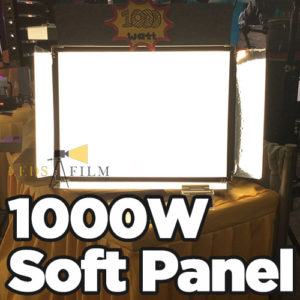
For professional cameras, the standard of color temperature is quite high, so most of them have more than two color temperature plates (3200K, 5600k), and even more than four sections (3200K, 4500k, 5600k, 6300k). The finer the separation, the higher the precision and the lower the relative tolerance. Therefore, when using more advanced cameras, photographers should pay special attention to the change of light. In fact, the more sophisticated the machine, the more beautiful the picture will be, but relatively, the greater the chance of error.
Fortunately, technology has been improving. At present, the new generation of digital cameras have more and more control over the color temperature and are more accurate than before. Maybe one day, “dialogue” will become redundant work. Only advanced machines will have the function of “manual” color temperature control! Isn’t that the case with many cameras now? Only advanced models have the function of manual focusing and aperture adjustment.
Sometimes, color temperature can be used to create different images. For example, intentionally blue can show a colder tonality, intentionally red can show a warm feeling. In the same picture, even red, blue and standard three different color temperatures can appear at the same time to show the artistic feeling of the image.
In addition, I would like to mention that there is a “colored light” that often confuses beginners with color temperature. Colored light refers to the use of special light color paper or color board in front of lamps to make “colored light”. Most of this kind of light is used to make “effect light” and “atmosphere light” to create special effects of shooting scenes.
This kind of colored paper has red, orange, yellow, green, blue, indigo and purple There are all kinds of colors. Of course, the light produced will also affect the color temperature. But please note that the effect light belongs to “ambient light”, which is different from the purpose of “lighting light” needed for shooting.
On the contrary, the ambient light is more like the color on the wall, which should faithfully present the primary color of “light”. When shooting, the red one should be red, and the yellow one should be yellow.
If you do “dialogue” action under the effect light, if you can correspond to the excellent temperature (maybe within 1000 or 2000 degrees), you will find that the shot picture does not feel like the effect light, yellow light The white paper shown below should be yellow, but the picture is white Instead, it didn’t restore the color of the scene.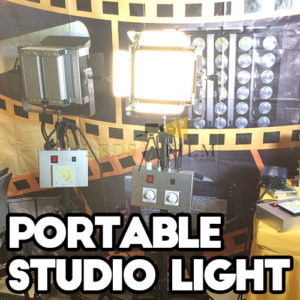
Therefore, in the case of the above situation, we must first determine which color temperature is the main “lighting light” (generally 3200K standard light color temperature is the main, but there are also 5600k sunlight color temperature as the reference), set the camera to this reference value, and then add the color paper to make the effect light.
The above situation is most likely to make mistakes in shooting places with stage lighting, especially in shooting stage plays, dance performances and other occasions where a lot of artistic color light is needed to present the atmosphere. Many people will use white paper to find the brightest light source for “dialogue”, but the color of the picture they see after shooting is quite different from what they see on the scene.
In fact, the solution is very simple. Most of the machines are set to the preset “light” (3200K), and then they can shoot. Because most of the stage uses 3200K standard color temperature light to light, it can be used as the reference value to show the proper color. Of course, some special occasions, some people will use other color temperature values to shine (such as sunlight 5600k), but there are not many opportunities! Try to see if you can adjust the color temperature of the machine.
